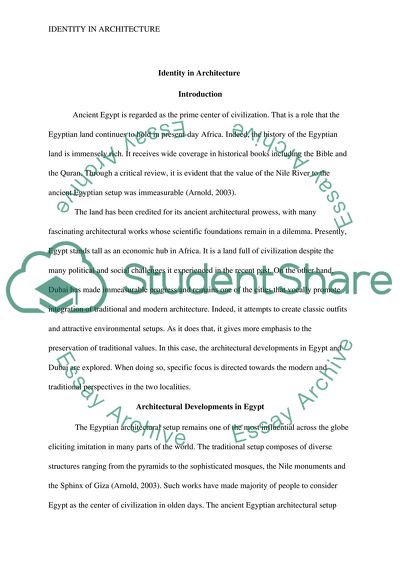Cite this document
(Identity in Architecture Research Paper Example | Topics and Well Written Essays - 2750 words, n.d.)
Identity in Architecture Research Paper Example | Topics and Well Written Essays - 2750 words. https://studentshare.org/architecture/1862070-identity-in-architecture
Identity in Architecture Research Paper Example | Topics and Well Written Essays - 2750 words. https://studentshare.org/architecture/1862070-identity-in-architecture
(Identity in Architecture Research Paper Example | Topics and Well Written Essays - 2750 Words)
Identity in Architecture Research Paper Example | Topics and Well Written Essays - 2750 Words. https://studentshare.org/architecture/1862070-identity-in-architecture.
Identity in Architecture Research Paper Example | Topics and Well Written Essays - 2750 Words. https://studentshare.org/architecture/1862070-identity-in-architecture.
“Identity in Architecture Research Paper Example | Topics and Well Written Essays - 2750 Words”. https://studentshare.org/architecture/1862070-identity-in-architecture.


